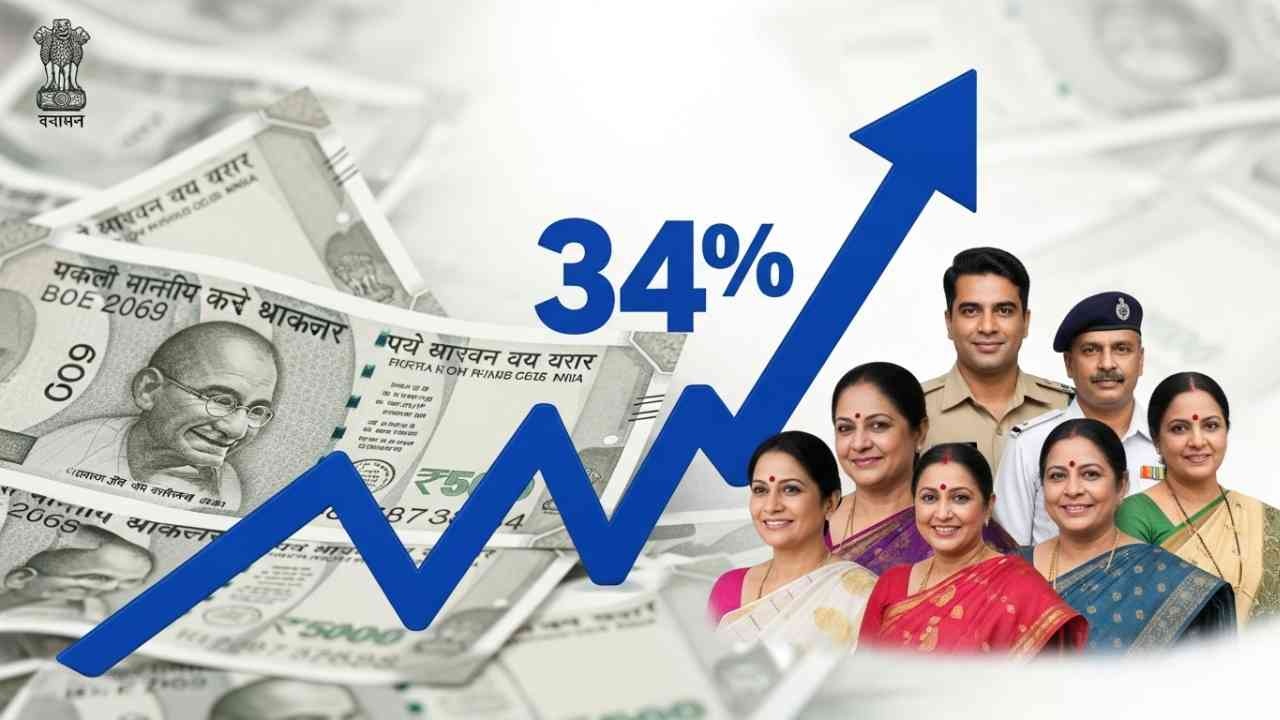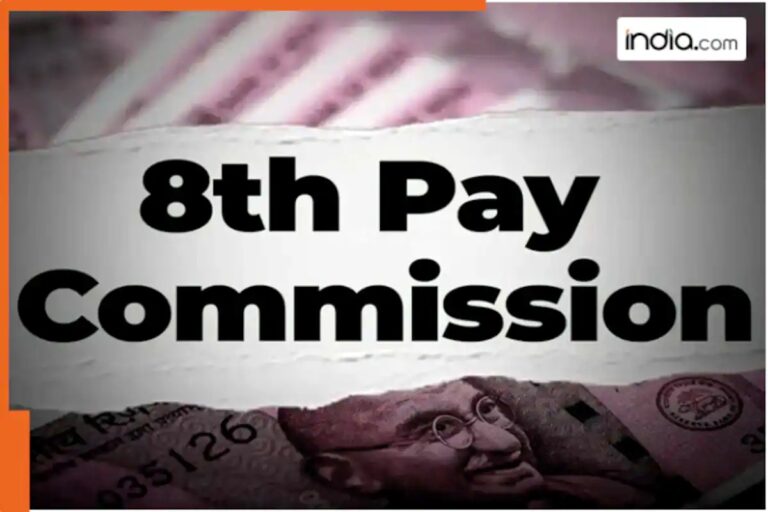
Projected Salary Increases for Central Government Employees
Central government employees and pensioners across India are on the brink of a significant financial uplift as the 8th Pay Commission’s proposed recommendations gain momentum. A recent analysis by MK Global, a financial brokerage firm, suggests a potential 30-34% increase in salaries and pensions for approximately 1.12 crore employees. This marks a substantial jump from the 14.3% hike implemented under the 7th Pay Commission in 2016. The proposed changes, if approved, could redefine income levels for millions of public sector workers, addressing long-standing demands for better compensation. However, the exact figures remain under review, with stakeholders awaiting official confirmation from the government. The potential boost is expected to have a cascading effect on household budgets, consumer spending, and overall economic activity.
Financial Implications of the Proposed Hike
The proposed salary increase, while beneficial for employees, presents a significant fiscal challenge for the government. According to the MK Global report, the implementation of the 8th Pay Commission could add between 1.3 to 1.8 lakh crore rupees to the public finances. This represents a critical balancing act between rewarding public servants and managing the national budget. The report highlights the importance of a fitment factor—ranging from 1.83 to 2.46—which will determine how the hike is distributed across different salary bands. This factor is crucial in ensuring equitable adjustments while mitigating the financial strain on the exchequer. The government’s ability to absorb these costs without compromising other developmental expenditures will be a key test of fiscal discipline.
Delays in Implementation and Sectoral Impact
Despite the positive outlook, the implementation of the 8th Pay Commission faces delays, with the final rollout now projected for late 2026 or early 2027. Several factors contribute to this postponement, including the pending release of the Terms of Reference, unresolved appointments for the commission, and extended deadlines for key processes. These delays have sparked concerns among employee organizations, such as the Railway Senior Citizen Welfare Society, which has urged the Prime Minister to expedite the process. Meanwhile, the delayed implementation could affect market dynamics, particularly in sectors like FMCG, banking, and automobiles, where increased consumer spending is anticipated. The postponement also raises questions about the government’s ability to meet its fiscal commitments while addressing employee demands.
New Pension Scheme and Employee Demands
Amid the ongoing discussions, another major development is the introduction of the Unified Pension Scheme (UPS) from April 2025. This hybrid model combines elements of the National Pension System (NPS) and the Old Pension Scheme (OPS), guaranteeing 50% of the last drawn salary as pension. This move is seen as a step towards financial security for retirees, aligning with global pension reform trends. Meanwhile, employee organizations are pushing for transparency and urgency in the 8th Pay Commission’s timeline, emphasizing the need for clear timelines and appointments. Their demands reflect a broader trend of public sector workers seeking systemic reforms to address long-standing grievances related to compensation and benefits.
Economic Ripple Effects and Policy Challenges
The potential 34% salary hike is expected to stimulate economic growth by increasing disposable income for millions of households. This could lead to higher demand in sectors like retail, manufacturing, and construction, creating a positive feedback loop for the economy. However, the government must navigate the challenge of balancing this fiscal stimulus with inflation control and debt management. The success of the 8th Pay Commission will depend on its ability to deliver equitable compensation while ensuring macroeconomic stability. As the nation awaits final approvals, the debate over public sector wages continues to shape both policy and public sentiment.




